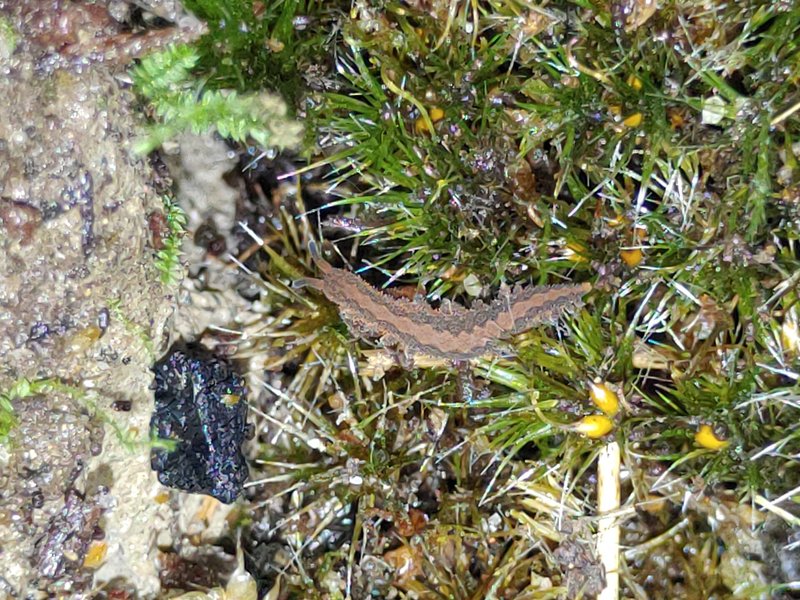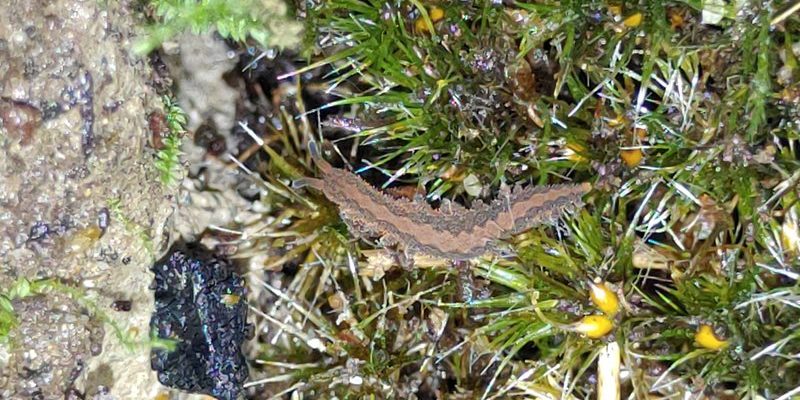
Choosing the right camera is crucial. One popular option among enthusiasts is the **Bushnell Trophy Cam**, which is known for its durability and reliability. It’s like having a tiny wildlife documentary crew all set up in the woods, capturing nightly adventures of these fascinating critters. So, let’s dive into the nitty-gritty of setting up field cameras to monitor velvet worm activity.
Understanding Velvet Worms
Before we jump into camera setups, let’s take a moment to appreciate what velvet worms are. These unique creatures are part of the onychophoran family and can be found in humid, forested regions around the world. They have a soft, velvety body and are known for their surprising ability to ooze a sticky slime for capturing prey. Honestly, who wouldn’t be intrigued by something that looks like a cross between a caterpillar and a slug?
Velvet worms are mostly nocturnal, which means that they come alive when the sun goes down. This makes monitoring them during the day quite tricky, but with field cameras, you can easily capture their nighttime activities. By understanding their behavior and preferred habitats, you’re better equipped to set up your cameras for maximum success.
Choosing the Right Field Camera
When selecting a field camera, it’s essential to consider factors like image quality, battery life, and ease of setup. A good camera will not only take clear, crisp images but also have a long battery life to ensure it can capture footage over extended periods. The Bushnell Trophy Cam, for instance, has excellent night vision, which is crucial for velvet worm monitoring since they are predominantly active after dark.
Here’s what to keep in mind when choosing your camera:
- Image quality: Look for cameras that offer at least 1080p video resolution.
- Battery life: Choose a model that can last for weeks on a single set of batteries.
- Ease of use: Ensure the camera is user-friendly, with intuitive controls that won’t leave you scratching your head.
The right camera will save you a lot of frustration down the line, so don’t rush this decision.
Setting Up Your Field Camera
Once you have your camera, it’s time to get it set up. Here’s a simple step-by-step guide to help you along the way:
1. **Location, location, location:** Pick a spot where you have seen velvet worms or their signs, like slime trails. Remember, they love damp and dark places.
2. **Mounting the camera:** Most field cameras come with straps or mounts. Secure it to a tree or a nearby post about 2–3 feet off the ground. This height minimizes the chance of it getting knocked over by wildlife.
3. **Configuring settings:** Take a few minutes to adjust the settings. Set it to night mode and use motion detection to ensure you only capture footage when something moves.
4. **Testing:** Before leaving the camera for an extended period, do a quick test run. Walk in front of it to ensure it captures your movement. This helps you know if it’s aligned correctly.
Setting it up correctly means you won’t miss out on valuable footage later on.
Monitoring Velvet Worm Activity
After your camera is set up and running, you’ll want to monitor the footage regularly. If you’ve placed the camera in a good spot, you should start seeing some action soon. Velvet worms are not shy about their nighttime escapades, and you might be surprised by how much movement there is.
Here’s what to look for in the footage:
- Hunting behavior: Watch how they stalk and capture prey.
- Social interactions: Sometimes, you’ll get lucky and catch them interacting with one another.
- Mating rituals: If you’re really lucky, you might even witness courtship displays.
This footage can provide fascinating insights into their behavior and help you understand their role in the ecosystem better.
Troubleshooting Common Camera Issues
If you find that your camera isn’t capturing anything or the footage isn’t clear, don’t despair. Here are some common issues and how to troubleshoot them:
– **No footage recorded:** Check if the batteries are still good. If they’re low, replace them with fresh ones. Also, ensure that the SD card is securely inserted and has enough space.
– **Blurry images:** This could be caused by camera movement. Make sure it’s mounted securely. A good idea is to test it a few times to ensure it’s stable.
– **Lack of motion detection:** Sometimes, the camera may not be sensitive enough. Make sure it’s set to the right sensitivity level for the environment. You might need to adjust it based on your location.
Remember, patience is vital in this process. You might need to adjust the position of your camera a couple of times to get the perfect shot of those elusive velvet worms.
Protecting Your Camera from the Elements
Weather can be unpredictable, so it’s essential to protect your camera from the elements. Here are some tips to keep your field camera in top shape:
– **Choose the right case:** If your camera isn’t waterproof, consider investing in a protective case. This can help shield it from rain and moisture.
– **Mounting height:** As mentioned earlier, keep it a few feet off the ground. This not only protects it from flooding but also keeps it out of reach of curious animals.
– **Regular checks:** If possible, check on your camera periodically. This way, you can spot any potential hazards, like falling branches or heavy rain that could harm it.
Taking these precautions will help ensure your camera lasts longer and continues to capture the fascinating world of velvet worms.
Final Thoughts
Monitoring velvet worms with field cameras is not just a fun project; it’s an opportunity to connect with nature and learn more about these remarkable creatures. While it requires a bit of setup, the payoff can be tremendous. You’ll gain insights into their behavior that you might otherwise miss.
So, grab your camera, head out into the forest, and let those velvet worms steal the show. With the right setup and a little patience, you’re bound to uncover a world of wonder just waiting to be explored. Happy filming!

